Analyzing Sony’s PlayStation 4 Pro Hardware Reveal: What Lies Beneath
by Ryan Smith on September 8, 2016 8:00 AM ESTThe Polaris Connection
Meanwhile perhaps the most surprising aspect of Sony’s announcement isn’t the specifications reveal, but rather that Mark Cerny directly referenced AMD’s Polaris architecture, stating that Sony/AMD "adopted many new features from the AMD Polaris architecture." This is a statement that has a lot of ramifications, but also a statement where nuance is critical because it’s so vague.
To examine the Polaris connection, let’s take a step back in how AMD develops their GPU families. While we like to think of architectures as a monolithic thing- that every aspect of an architecture is built specifically for that given architecture – the truth is quite different. Internally, AMD’s GPUs are developed in block fashion; each major functional unit can be developed separately, and AMD can mix and match the two. Typically, but not always, a major discrete GPU generation contains the latest versions of all of these blocks. Meanwhile semi-custom wins can get a lot murkier since the business is based around AMD being able to integrate just the parts that a customer needs.
Polaris is a great example of this. Compared to Fiji (GCN 1.2), AMD revised the command processor, the display controller, the multimedia engines and the geometry processor. Meanwhile the all-important shader cores were technically revised, but in practice other than increased internal memory, they are ISA-identical to GCN 1.2. Finally, AMD did not touch the render backends, the rasterizer, or the work scheduler at all.
This means that Sony can equally pick and choose which parts of the GPU they want to update, which is important given the forward compatibility mandate of the PS4 Pro. Adopting features from Polaris does not mean that this is a full Polaris GPU.
Given the updated specifications of the console, I think it’s safe to assume that AMD has integrated their newer generation display engine and multimedia engine. The former is necessary to add support for HDMI 2.0 – critical for the console’s 4K display capabilities – while the latter is equally necessary to support 4K video decoding, including the most recent HEVC format that 4K services have been preferring.
Beyond that, however, there’s nothing that definitively points to the PS4 Pro’s SoC integrating other, newer components from Polaris. An updated memory controller would make a lot of sense if the memory clockspeeds are higher, but whether the shader cores or geometry engine have been touched are both very good questions. The PS4 has previously been described as using a GCN 1.1-era shader core, so it’s not impossible that it simply uses a larger version of such core (as opposed to Polaris’s GCN 4) to ensure compatibility. Essentially Sony & AMD’s options run the gamut from a truly updated PS4 SoC to a Polaris 10 stuffed into an SoC, and depending on Sony’s technical needs, both options would be valid.
Power Consumption, HDR, & Closing Thoughts
Finally, also on Sony’s official spec sheet is the maximum (“up to”) power consumption of the console. These values aren’t comparable to the TDPs we’re accustomed to with discrete video cards, but they’re useful for intra-PlayStation comparisons.
In this case, Sony has published that the PS4 Pro has an up to power consumption of 310W. We don’t have a similar official number for the original PS4, however its PSU is widely reported as being rated for up to 250W. Meanwhile we do have a similar number for the new slim PS4, which is 165W. So right off the bat we can see that the PS4 Pro’s maximum power consumption is significantly higher than its slim sibling, and still higher than its original 28nm generation counterpart.
Even with the move to 16nm, it’s not possible to improve an SoC in this fashion without increasing the power consumption. The GPU alone offers better than 2x the throughput of the 28nm console, and the Jaguar cores are clocked higher as well. Though it doesn’t look like we’re approaching the extreme power consumption of the likes of the original PlayStation 3, it’s clear that power consumption has gone up for the PS4 Pro, and that relative to the comparable slim PS4, there’s a significant power cost for the console’s much improved capabilities. Which is by no means unexpected, but it’s interesting to see Sony willing to build a bit bigger, bit more power hungry console than what they did with the original PS4.
Meanwhile, it’s worth pointing out that Sony has opted to equip the console with the same 6x BD-ROM drive as used in the other models, meaning that the PS4 Pro cannot play Ultra-HD Blu-Ray discs. Given Sony’s stake in the development of the Blu-Ray standards, this is a bit surprising. From a technical perspective I have no doubts that the SoC is capable of all of the necessary video decode and DRM responsibilities, as the requirements for streaming 4K services are similar, if not higher. So perhaps this is about licensing fees, or drive costs, or just that Sony is betting on the future of streaming over the future of optical disks.
Speaking of video, though I haven’t covered it in depth, HDR is a major focus for Sony as well. PS4 Pro obviously gets it, and thanks to the presence of HDMI 2.0, it gets the best support for it. Going by previous statements from AMD on GPU architectures, PS4 Pro should be fully capable of HDR for gaming, photos, and movies.
And in a surprise announcement, Sony also announced that they are backporting HDR support to the new slim PS4 and the original PS4. Looking again at our chart, we see how this can work: AMD’s older display controller (represented here by the Radeon 300 series) can support HDR, even over HDMI 1.4b. However there’s a bit more uncertainty in just what the older consoles can do with HDR. In the dGPU space, the lack of HDCP 2.2 support has been cited by AMD as one of the reasons their older GPUs can’t support HDR movies. However other Sony statements have indicated that there will be HDR support for YouTube and Netflix on the older model PS4s. So just what are technical limitations and what are contract limitations is not clear. Presumably we’ll have a better answer next week whether the original PS4 has all of the Pro’s HDR capabilities (sans 4K) or if there are further limitations that just haven’t been made clear yet.
Wrapping things up then, alongside announcing the PS4 Pro console, Sony also announced a ship date and a price. A 1TB version of console will be hitting the streets on November 10th for $399, and preorders have already started. This is the same price that the original 500GB PS4 launched at nearly 3 years ago, and $100 more than the new $299 500GB slim PS4. The slim PS4 has of course already been fully disassembled, and it goes without saying that I’m looking forward to seeing what lies beneath the new PS4 Pro once it gets its own teardown treatment.


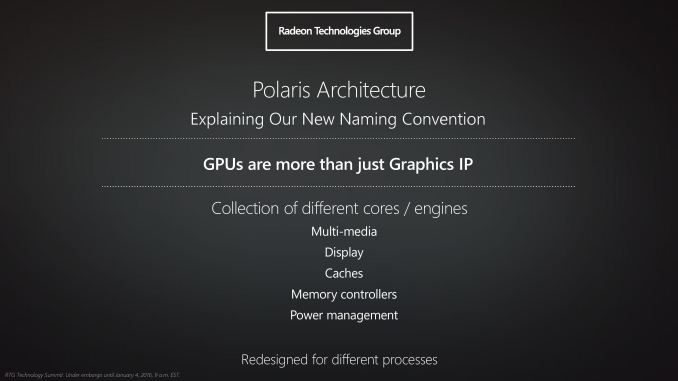
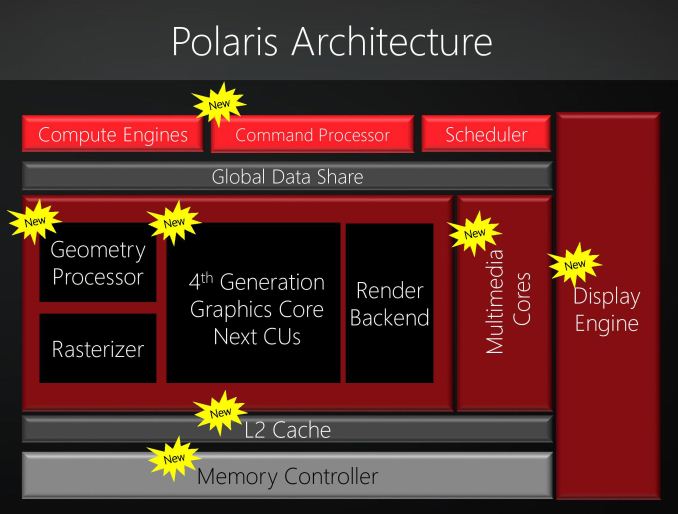
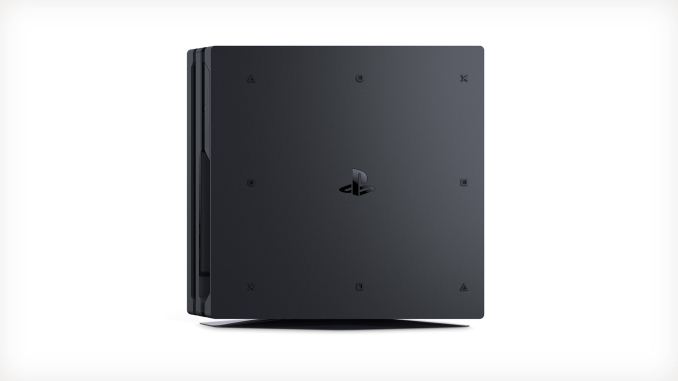
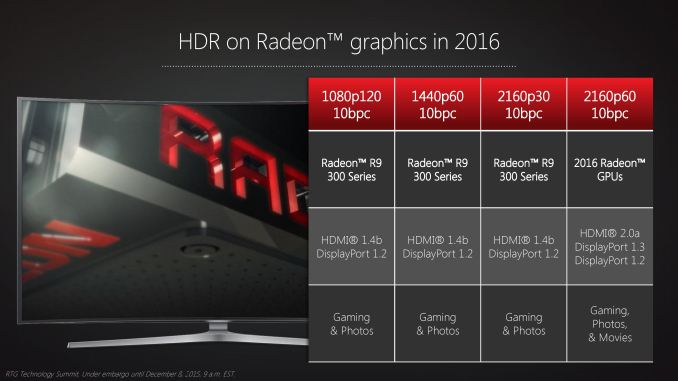
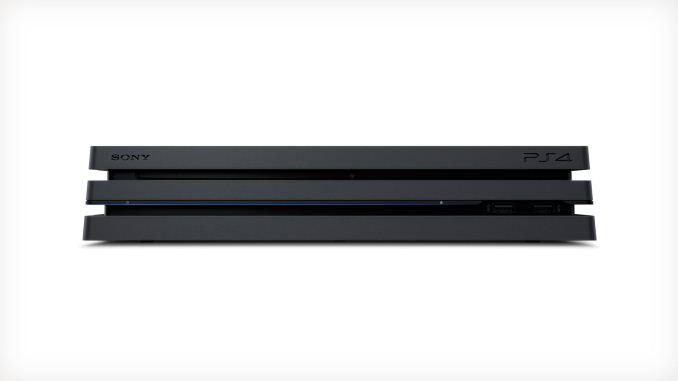








207 Comments
View All Comments
nikon133 - Sunday, September 11, 2016 - link
Sure it can. "Problem" here is, almost any PC can do everything but gaming for most users. My Surface Pro 4 can. My work Acer Travelmate P645s can. My old work EliteBook 8570p (which I was allowed to keep after it reached replacement age) can.I do have a gaming desktop at home, but that's me... and I'm on geeky side. Many individuals cannot settle down for having gaming rig as their only machine, and many also don't want to own multiple computers. Manage multiple updates, software licenses, subscriptions.
Console makes a lot of sense. It is simple, strait-forward. It might end up more expensive on software side, though even that can be avoided with some patience and effort. I've just purchased Doom for PS4 for NZ$36. If I wanted pre-owned, I could have done with NZ$26. Game was over NZ$100 ($109 or $119?) on release, and neither of local gaming shops sell pre-owned PC games. Best PC DOOM price currently is NZ$66. It was a bit cheaper on release than PS4 version, but... for whatever reason, here we are.
nikon133 - Sunday, September 11, 2016 - link
Exactly. And it is not just a cost of good gaming PC build. Some people already have good non-gaming laptop, for example, or AIO - and don't want another PC just for gaming, since laptop/AIO covers all other needs and complements their lifestyle better.nikon133 - Sunday, September 11, 2016 - link
Yeah, but... when you "upgrade" to PS4 Pro, you end up with 2 fully independent, complete machines. You can make your original PS4 into BD player, Netflix box, or simply a guest-room console for some gaming with visiting friends and relatives. PS4 SharePlay kind of plays nicely with this scenario.When you upgrade your GPU, you end up with spare GPU that isn't of much worth, unless you have another PC capable of using it (sufficient space, power and other resources to make it in to gaming machine).
I guess you can sell old GPU. If it wasn't top shelve part (in which case it did cost more than PS4), it will not hold price nicely. 2nd hand PS4 are selling quite solid, at least here in New Zealand.
And... you do get a bit more from this PS4 Pro than just faster GPU. Being complete machine, not just a part, you get CPU boost, faster RAM, new controller. And you still end up with your original PS4 untouched, be it for selling it or re-purposing it. If you'd be upgrading other parts of your PC with GPU, you still end up with handful of old parts not enough to build another machine without further investments.
DarthVulva - Monday, November 14, 2016 - link
Literally locking down your product is not a good idea - the additional costs of shipping all those chains and padlocks would significantly increase the price of the end product.cmdrdredd - Thursday, September 8, 2016 - link
The Pro can render the game at resolutions above 1080p then scale that to 4k with HDR. The original PS4 will get an HDR update next week.gopher1369 - Wednesday, September 14, 2016 - link
VR, the PS4 Pro is for VR content.Wolfpup - Thursday, September 8, 2016 - link
Yeah, but they COULD still end up with versions that look or run dramatically different. Or not.tipoo - Thursday, September 8, 2016 - link
Certification already allows a lot of sub 30fps games to slip through. I don't trust that.RussianSensation - Thursday, September 8, 2016 - link
It would be stupid on Sony's part to force PS5 games to run on PS4 because it would hold back PS5 from realizing its true potential. I know both companies are pushing for iterative consoles (smartphone business model) without console generations but even if that happens, it will mean the generational leaps between consoles will become completely blurred.FourEyedGeek - Saturday, September 10, 2016 - link
Yes / no.What if the PS5 games worked on PS4 Pro but not PS4, the games being compatible one generation either way?
That way, the PS5 games could work on the PS4 Pro, but with reduced graphics and gameplay that utilise the CPU and RAM.